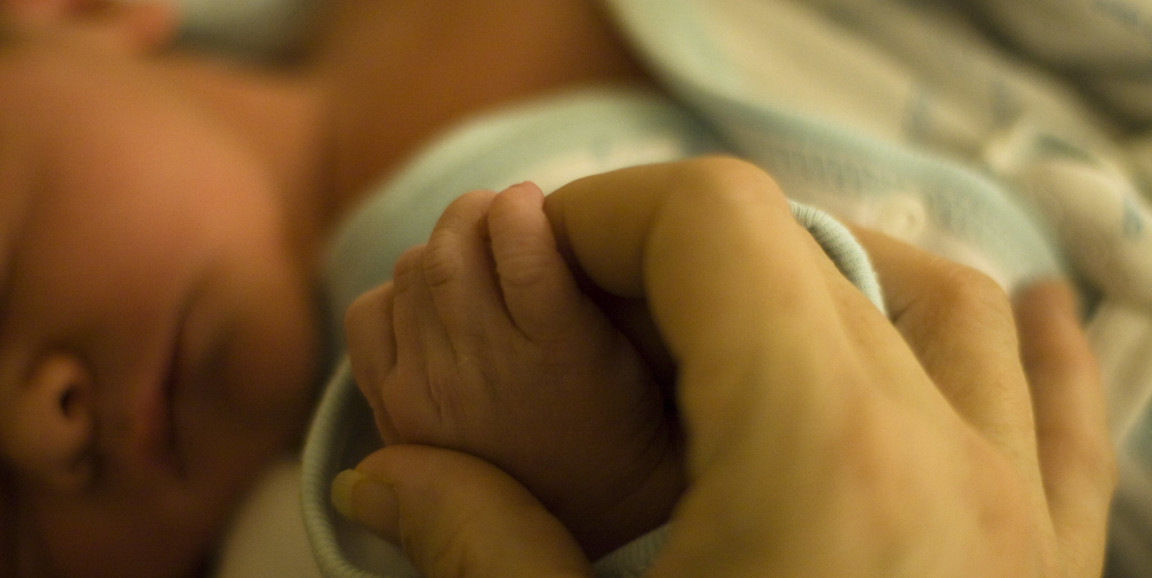Rates of antibiotic use in newborns vary 27-fold between California hospitals and there isn't a medical reason for the enormous variation, according to a new study published in Pediatrics.
The study, which examined data from 326,845 babies born during 2017, is part of an ongoing statewide effort to reduce unnecessary antibiotic exposures in newborns. Researchers compared data from 121 California hospitals with neonatal intensive care units, asking what percentage of newborns at each hospital received antibiotics and how many babies got antibiotics per proven case of sepsis, or bloodstream infection.
The proportion of newborns given antibiotics at individual hospitals varied from 1.6 to 42.5%, and the number of babies receiving antibiotics ranged from 11.4 to 335.7 infants treated per case of early-onset sepsis, defined as sepsis diagnosed within two days of birth. (These rates are calculated based on the entire population of babies in the study, not just the ill or premature infants cared for in hospitals' neonatal intensive care units.)
Hospitals' rates of antibiotic use were not linked to their rates of newborn sepsis, indicating that there does not seem to be a medical explanation for the differences.
"We have an extremely low rate of actual infection, and we have loads and loads of patients, even after four or five years of antibiotic stewardship work, being treated with antibiotics for reasons we don't understand," said Stanford neonatologist Jeffrey Gould, MD, the study's senior author. Gould collaborated on the research with specialists from the School of Medicine, Lucile Packard Children's Hospital Stanford, the California Perinatal Quality Care Collaborative and California Children's Services.
California clinicians and researchers have been working since 2014 to reduce unnecessary antibiotic use in newborns. Giving unneeded antibiotics may put babies at risk for developing diseases such as asthma and contributes to increasing antibiotic resistance among bacteria that cause infections. Research published last year showed that California hospitals are making progress in reducing antibiotic use for newborns, but the new study shows there is still more work to do, Gould said.
Antibiotic overuse is a holdover from a prior era of neonatology, when many newborns received prophylactic antibiotics because of concerns about whether sepsis could be detected quickly enough in babies.
"In the past, we were very crude in terms of our perception of the subtleties of the disease," Gould said.
Today, after decades of research, doctors have a much better understanding of the early signs of sepsis in newborns, including those born after full-term pregnancies and those who arrive prematurely. Watching and waiting for these signs before starting antibiotics is now an accepted approach, along with culturing a blood sample from babies suspected of having sepsis to confirm if they are actually experiencing an infection.
Research has also indicated that caregivers can stop giving antibiotics once a baby improves, or if their blood culture results are free of infection, even if they haven't completed the full course of medication initially prescribed. But these changes have been slow to catch on.
Gould and his colleagues at the California Perinatal Quality Care Collaborative are using the new data as a springboard for helping hospitals that overprescribe antibiotics.
"We're figuring out what to do if a group is challenged, and we're also starting to identify the teams that are high achievers to identify the things that allow them to perform well," he said. "We want to know what's driving quality and what's holding people back, so we can understand what we have to do to change this."
Photo by Bridget Coila




